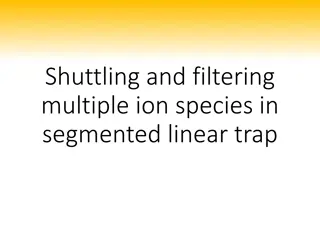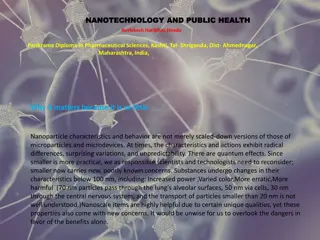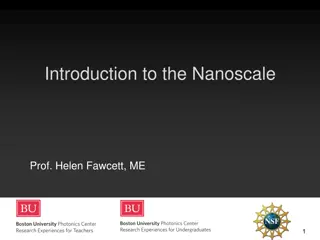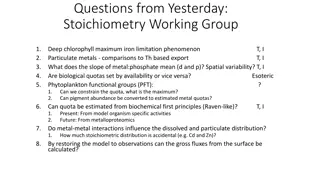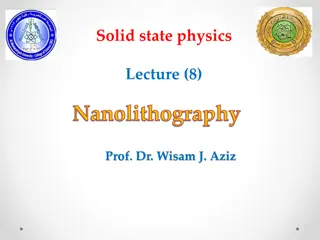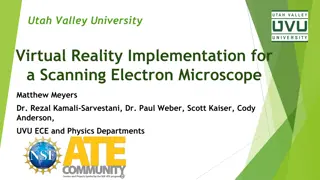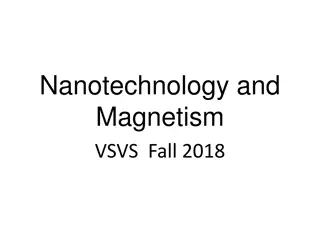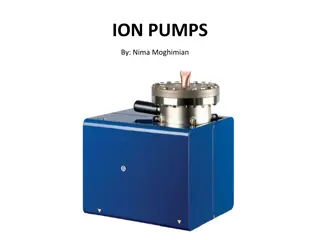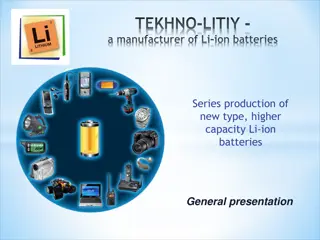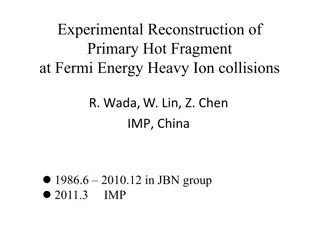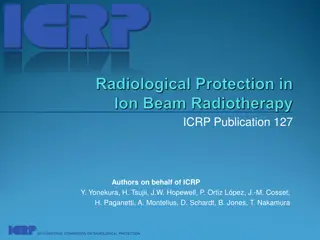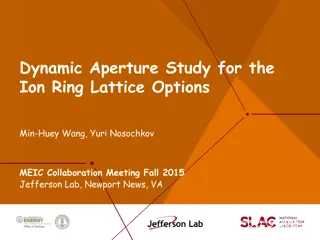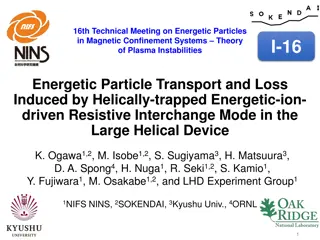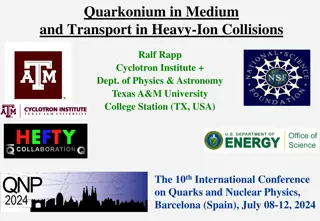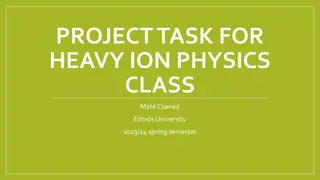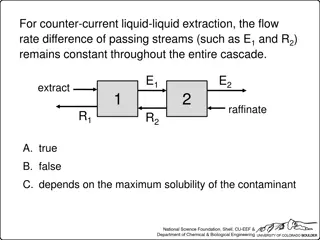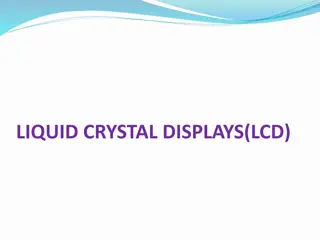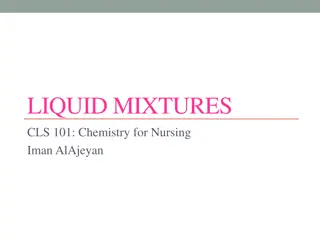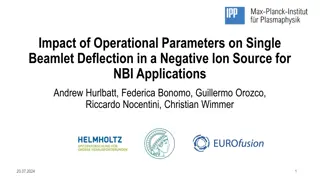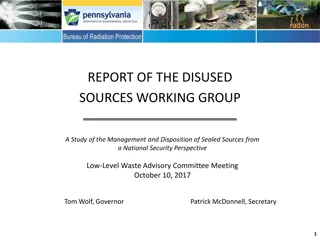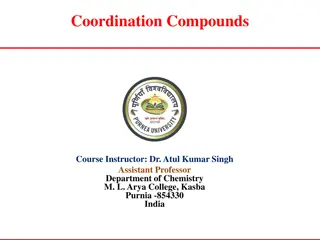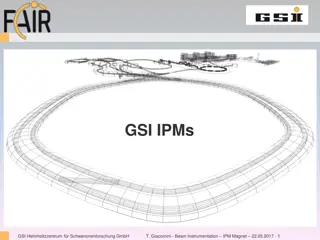Understanding Liquid Metal Ion Sources in Nanotechnology
Liquid Metal Ion Sources (LMIS) are crucial tools in nanotechnology, with needle and capillary types for ion emission. LMIS operate on the formation of liquid metal cones to emit ions, driven by electric fields and surface tension. Taylor cones and strong electric fields play key roles, while stability varies between types. Ideal LMIS require specific properties for optimal performance. This technology offers unique advantages and is compared to other ion sources. Explore the principles, requirements, and applications of LMIS for cutting-edge research in nanoscience.
Download Presentation

Please find below an Image/Link to download the presentation.
The content on the website is provided AS IS for your information and personal use only. It may not be sold, licensed, or shared on other websites without obtaining consent from the author. Download presentation by click this link. If you encounter any issues during the download, it is possible that the publisher has removed the file from their server.
E N D
Presentation Transcript
LIQUID METAL ION SOURCES Niloofar Sadeghi
What is Liquid Metal Ion Source? 2 needle-type liquid metal ion source (LMIS): Its principle of operation is based on the formation of a liquid metal cone at the apex of a needle wetted by a film of liquid metal. The cone is maintained by the combined action of electric field stress, surface tension and liquid flow. Typical needle apex radii are 1-1Opm.
What is Liquid Metal Ion Source? 3 Capillary-type liquid metal ion source (LMIS): It employs a capillary tube filled with liquid metal, at the nozzle of which a liquid cone forms. It is from the apex of this cone, whether formed at the apex of a needle or at the nozzle of a capillary, that the ions are field-emitted. Do not normally display the stability that the needle type does
What is Liquid Metal Ion Source? 4 A Taylor cone is formed under the application of a strong electric field. As the cone's tip get sharper, the electric field becomes stronger, until ions are produced by field evaporation.
Operation principle of LMIS 7 Electrostatic energy and surface tension energy
Requirements For The Ideal LMIS 8 A Low Melting Temperature Low Volatility at the Melting Temperature High Relative Bulk Concentration of Ion Species of Interest Low Surface Free Energy and Good Wetting Low Solubility of Alloy in Substrate Low Solubility of Substrate in Alloy Favourable Mechanical, Electrical , and Vacuum Properties
10 Thank you!




